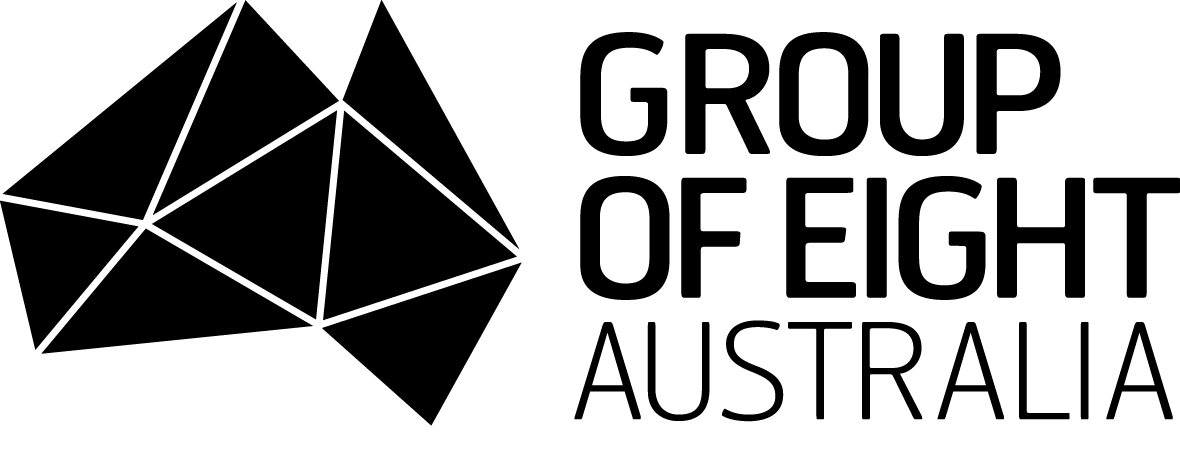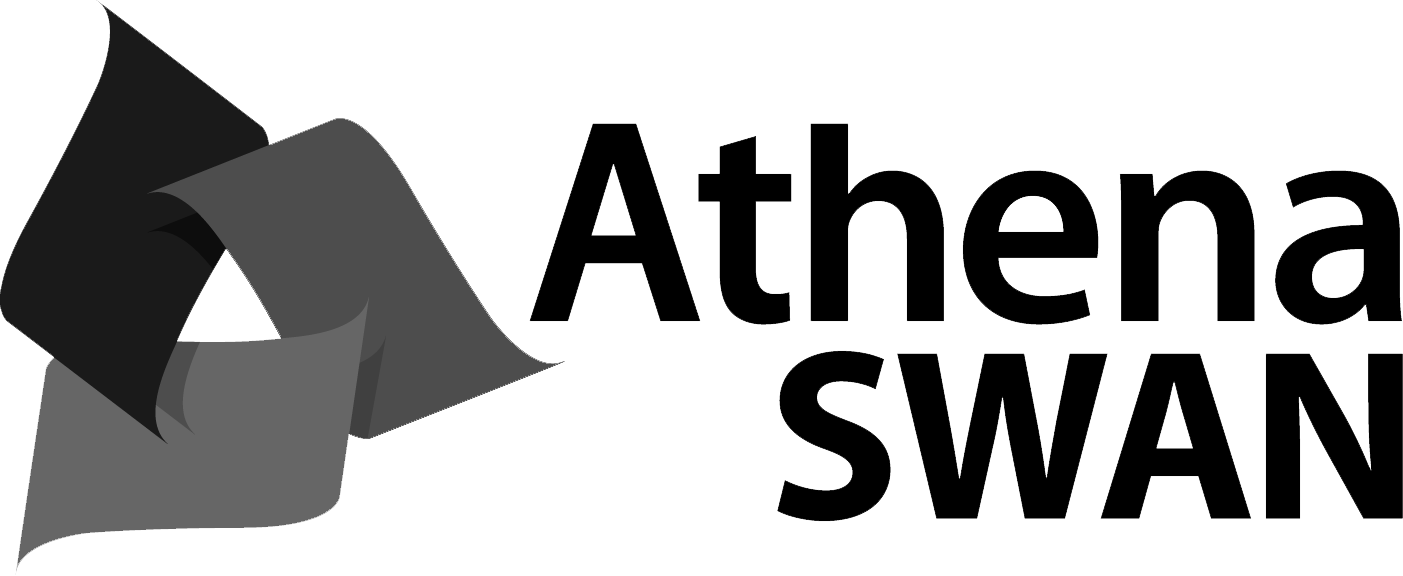Bachelor of Animal and Veterinary Bioscience
Unit of study table
| This page was first published on 14 November 2024 and was last amended on 26 November 2024. View details of the changes below. |
|---|
Bachelor of Animal and Veterinary Bioscience |
|---|
To qualify for the award of the Bachelor of Animal and Veterinary Bioscience, a candidate must complete 144 credit points, comprising: (a) 78 credit points of degree core units of study as set out in the unit of study table for Bachelor of Animal and Veterinary Bioscience; and (b) 6cps of 1000 - level selective unit from List 1 as set out in the unit of study table for Bachelor of Animal and Veterinary Bioscience; and (c) 6cps of 2000 - level selective unit from List 1 as set out in the unit of study table for Bachelor of Animal and Veterinary Bioscience; and (d) a 48-credit point major from the prescribed list of cognate majors as listed below; and (e) four 0 credit point placement units; and (f) for students enrolled in the Dalyell Stream, a minimum of 12 credit points of Dalyell Stream units of study as specified in Table D; or (g) any additional units of study from List 1 or List 2 in the unit of study table for Bachelor of Animal and Veterinary Bioscience to complete 144 credit points in total. |
Majors |
Cognate majors available in this course are:
|
Degree core |
| The required degree core for this course is: |
| (i) 30 cp of 1000‐level units of study |
| (ii) 24 cp of 2000‐level units of study |
| (iii) 24 cp of 3000‐level units of study |
| (iv) four 0 credit point placement units |
| Note: Students enrolled in the Dalyell Stream and completing the Indigenous Studies major can count AGEN3008 towards meeting both their degree and major requirements |
| Note: Students enrolled in the Dalyell Stream and completing Sustainability major can count ENVI1003 towards meeting both their degree and major requirements. |
| Unit of study | Credit points | A: Assumed knowledge P: Prerequisites C: Corequisites N: Prohibition |
|---|---|---|
1000-level units of study |
||
| Core | ||
| CHEM1011 Fundamentals of Chemistry 1A |
6 | A There is no assumed knowledge of chemistry for this unit of study but students who have not completed HSC Chemistry (or equivalent) are strongly advised to take the Chemistry Bridging Course (offered in February) N CHEM1001 or CHEM1101 or CHEM1901 or CHEM1903 or CHEM1109 or CHEM1111 or CHEM1911 or CHEM1991 Students who have not completed HSC Chemistry (or equivalent) are strongly advised to take the Chemistry Bridging Course (offered in February, and online year-round, see https://sydney.edu.au/students/bridging-courses.html). |
| CHEM1111 Chemistry 1A |
6 | A Students who have not completed HSC Chemistry (or equivalent) and HSC Mathematics (or equivalent) are strongly advised to take the Chemistry and Mathematics Bridging Courses (offered in February) N CHEM1001 or CHEM1101 or CHEM1901 or CHEM1903 or CHEM1109 or CHEM1011 or CHEM1911 or CHEM1991 |
| CHEM1911 Chemistry 1A (Advanced) |
6 | A 80 or above in secondary school final year Chemistry or equivalence N CHEM1001 or CHEM1101 or CHEM1901 or CHEM1903 or CHEM1109 or CHEM1011 or CHEM1111 or CHEM1991 |
| BIOL1007 From Molecules to Ecosystems |
6 | A HSC Biology. Students who have not completed HSC Biology (or equivalent) are strongly advised to take the Biology Bridging Course (offered in February) N BIOL1907 or BIOL1997 |
BIOL1907
|
6 | A 85 or above in HSC Biology or equivalent N BIOL1007 or BIOL1997 |
| BIOL1997 From Molecules to Ecosystems (SSP) |
6 | A 90 or above in HSC Biology or equivalent N BIOL1007 or BIOL1907 |
| AVBS1002 Animal Management |
6 | A AGEN1004 or BIOL1XXX or AVBS1003 N AGEN2006 |
| AVBS1003 Animals and Us |
6 | N WILD1001 Lectures and practicals for this unit of study take place on the University of Sydney Camperdown campus as well as at Taronga Zoo in the Institute of Science and Learning. |
| ENVX1002 Introduction to Statistical Methods |
6 | N ENVX1001 or MATH1005 or MATH1905 or MATH1015 or MATH1115 or DATA1001 or DATA1901 or BUSS1020 or STAT1021 or ECMT1010 |
2000-level units of study |
||
| Core | ||
| AVBS2007 Animal Structure and Function |
6 | P AVBS100X or BIOL1XXX N ANSC3103 or ANSC3104 |
| AVBS2004 Animal Nutrition |
6 | P (BIOL1XX7 or MBLG1XXX) and 6 credit points from AVBS100X N ANSC3101 Access after hours to IBM-PC compatible computers that have Microsoft Windows XP or later are advisable. Most of the diet formulation software are Windows Compatible only. |
| AVBS2005 Animal Energetics and Homeostasis |
6 | A Knowledge and concepts from BIOL1XX7 P AVBS100X or BIOL1XXX N VETS1032 |
| ENVX2001 Applied Statistical Methods |
6 | P [6 credit points from (ENVX1001 or ENVX1002 or BIOM1003 or MATH1011 or MATH1015 or DATA1001 or DATA1901)] or [3 credit points from (MATH1XX1 or MATH1906 or MATH1XX3 or MATH1907) and an additional 3 credit points from (MATH1XX5)] |
| Placement Units | ||
| AVBS2011 Farm Placement |
0 | P AVBS1002 |
| AVBS2012 Industry or Business Placement |
0 | P AVBS1002 |
| AVBS2013 Research Experience Placement |
0 | P AVBS1002 |
| AVBS2014 Elective Placement |
0 | P AVBS1002 |
3000-level units of study |
||
| Core | ||
| ANSC3102 Animal Reproduction |
6 | A A background in animal anatomy and physiology P AVBS1002 and AVBS2XXX |
| ANSC3106 Animal Behaviour and Welfare Science |
6 | P 48 credit points of 1000-3000 level units including at least 6 credit points of (BIOL1XXX or AVBS100X) |
| AVBS3000 Professional Development |
6 | |
| AVBS3011 Animal Technologies |
6 | A Familiarity with data analysis and basic production animal handling P 12 credit points from (AVBS2XXX or ANSC3101 or BIOL2XXX or FOOD2000 or GEGE2X01 or GENE2001 or GENE2002 or ITLS2000) N AGRO4006 or ANSC3105 |
Selective - List 1 |
||
| CHEM1012 Fundamentals of Chemistry 1B |
6 | P CHEM1011 or CHEM1111 or CHEM1911 or CHEM1991 or CHEM1101 or CHEM1901 or CHEM1903 N CHEM1002 or CHEM1102 or CHEM1902 or CHEM1904 or CHEM1108 or CHEM1112 or CHEM1912 or CHEM1992 |
| CHEM1112 Chemistry 1B |
6 | A This unit assumes previous completion of secondary school final year Chemistry (or equivalent) and secondary school final year Mathematics (or equivalent). Students who have not completed these studies are recommended to enrol in CHEM1012 or are strongly advised to take the Chemistry and/or Mathematics Bridging Courses (offered in February) P CHEM1111 or CHEM1911 or CHEM1991 or CHEM1101 or CHEM1901 or CHEM1903 or (75 or above in CHEM1011 or CHEM1001) N CHEM1002 or CHEM1102 or CHEM1902 or CHEM1904 or CHEM1108 or CHEM1012 or CHEM1912 or CHEM1992 |
| CHEM1912 Chemistry 1B (Advanced) |
6 | P CHEM1911 or CHEM1991 or CHEM1901 or CHEM1903 or (75 or above in CHEM1111 or CHEM1101) or (90 or above in HSC Chemistry or equivalent) N CHEM1002 or CHEM1102 or CHEM1902 or CHEM1904 or CHEM1108 or CHEM1012 or CHEM1112 or CHEM1992 |
| BIOL1006 Life and Evolution |
6 | A HSC Biology. Students who have not completed HSC Biology (or equivalent) are strongly advised to take the Biology Bridging Course (offered in February) N BIOL1001 or BIOL1911 or BIOL1991 or BIOL1906 or BIOL1996 |
| BIOL1906 Life and Evolution (Advanced) |
6 | A 85 or above in HSC Biology or equivalent N BIOL1001 or BIOL1911 or BIOL1991 or BIOL1006 or BIOL1996 |
| BIOL1996 Life and Evolution (SSP) |
6 | A 90 or above in HSC Biology or equivalent N BIOL1001 or BIOL1911 or BIOL1991 or BIOL1006 or BIOL1906 or BIOL1993 or BIOL1998 |
| ENVI1003 Global Challenges: Food, Water, Climate |
6 | N AGEN1002 |
| AVBS2006 Animal Farming Systems |
6 | A Basic handling skills for production animals P BIOL1XX7 and AVBS100X |
| BIOL2032 Australian Wildlife Biology |
6 | N ANSC2005 or WILD2002 |
| GEGE2001 Genetics and Genomics |
6 | A Mendelian genetics; mechanisms of evolution; molecular and chromosomal bases of inheritance; and gene regulation and expression N GENE2002 or MBLG2972 or GEGE2901 or MBLG2072 |
| AGRI1001 Economics and Business of Agriculture |
6 | |
Selective - List 2 |
||
| AVBS2001 Introductory Veterinary Pathogenesis |
6 | A The basic structure, morphology, metabolism and behaviour of bacteria, viruses, and fungi. Fundamental histological structure and function of cells and key tissues, including blood vessels, skin, liver, lung, kidneys, intestine, and organs and cells of the immune system (lymph node, spleen, white blood cells) P (BIOL1XX7 or MBLG1XX1) and (BIOL1XX1 or BIOL1XX2 or BIOL1XX6 or AVBS1XXX) |
| AGRI2002 Agricultural and Environmental Markets |
6 | P AGRI1001 or ECON1001 |
| WILD2001 Measuring Biodiversity |
6 | P 12 credit points of AVBSXXXX or BIOLXXXX or WILDXXXX units of study |
| AVBS3001 Agents of Disease |
6 | P AVBS2001 |
| AVBS3888 Laboratory Disease Investigations |
6 | A Fundamental mechanisms of disease, basic microbiology and parasitology, basic epidemiology P AVBS2001 and AVBS3001 |
| ANSC3888 Animal Production Systems Analysis |
6 | A Familiarity with data analysis and animal handling P 12cps of the following: [AVBS1002 or AVBS2006] and [AVBS2004 or GEGE2XXX] |
| ANSC3100 Aquaculture and Poultry Production |
6 | P 6 credit points from (AVBS1002 or BIOL1XXX) and 6 credit points from (AVBS2XXX or BIOL2XXX) N AVBS3008 or AVBS4008 or AVBS3009 or AVBS4009 |
| AVBS3004 Wildlife Conservation |
6 | P 12 credit points from (AVBS2XXX or BIOL2XXX or GEGE2X01 or QBIO2XXX) N AVBS3003 or AVBS4003 |
| AVBS3005 Animal Health and Disease |
6 | P 12 credit points from (AVBS2001 or IMMU2X11 or MEDS2004 or MIMI2X02) or [6 credit points from (AVBS2001 or IMMU2X11 or MEDS2004 or MIMI2X02) and 6 credit points from (BIOL2XXX or MICR2XXX)] N AVBS4001 |
| AGEN3008 Indigenous Land and Food Knowledge |
6 | P 72 credit points in 1000-3000 level units |
| GEGE3004 Applied Genomics |
6 | A Genetics at 2000 level, Biology at 1000 level, algebra P 6 credit points of (GEGE2X01 or QBIO2XXX or DATA2X01 or GENE2XXX or MBLG2X72 or ENVX2001 or DATA2X02) N ANSC3107 |





